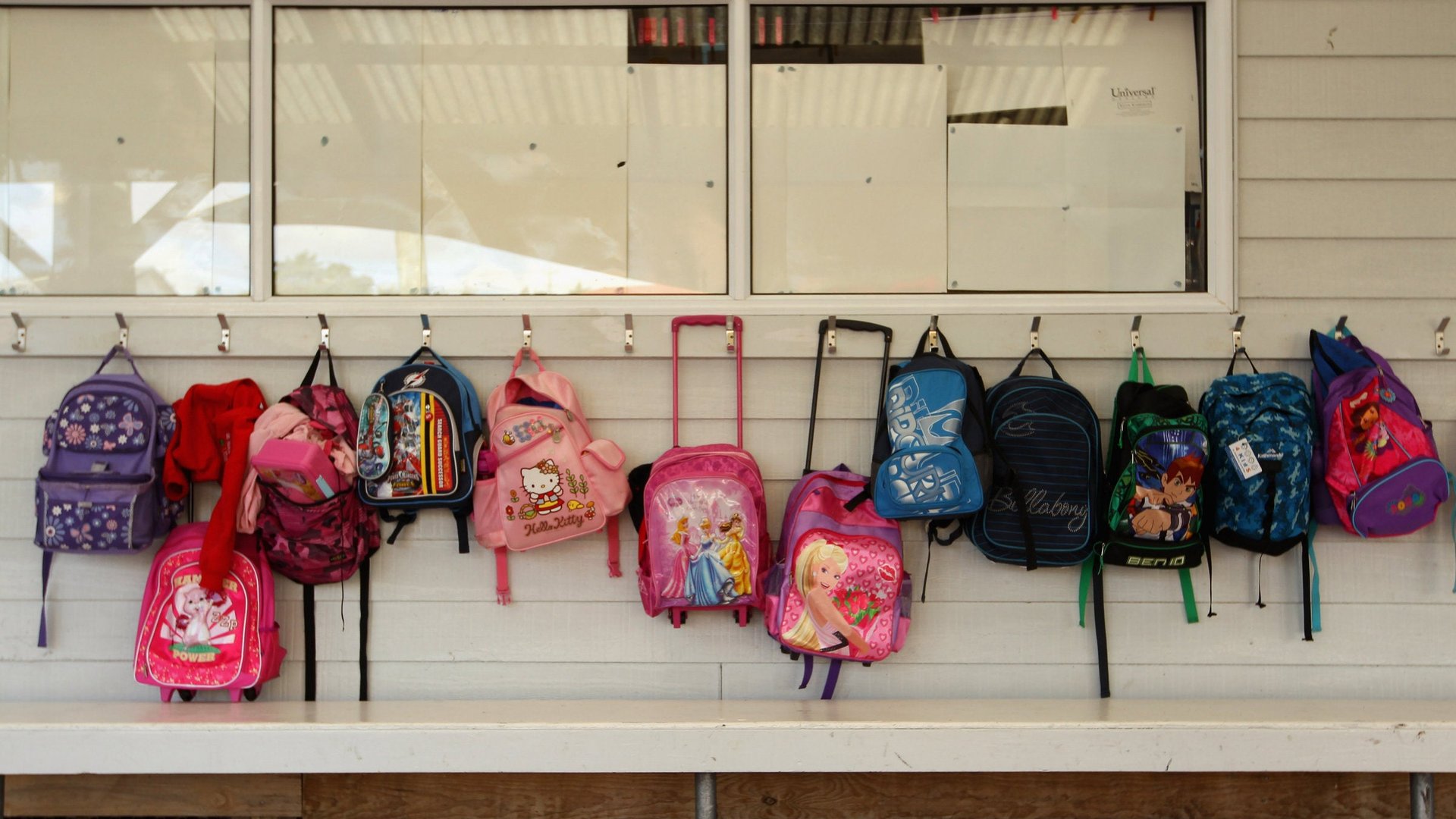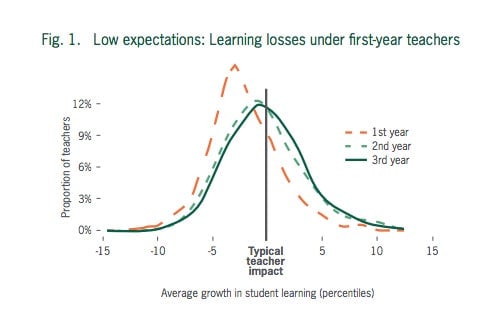US teachers are not adequately prepared to do their jobs
A new study by the National Council on Teacher Quality finds a glaring inadequacy in the US’s education system: teacher preparation. Students entering university programs in education are not learning the most up-to-date methods to teach reading. They are not trained to teach new standards for core curriculum (known as Common Core Standards). Too many students, who are not top performers are let into these programs. And teaching students in training aren’t placed in classrooms with effective teachers.


A new study by the National Council on Teacher Quality finds a glaring inadequacy in the US’s education system: teacher preparation. Students entering university programs in education are not learning the most up-to-date methods to teach reading. They are not trained to teach new standards for core curriculum (known as Common Core Standards). Too many students, who are not top performers are let into these programs. And teaching students in training aren’t placed in classrooms with effective teachers.
Why does this matter? First-year teachers reach 1.5 million students and increasingly more studies point to the fact that student performance is tied to teacher’s effectiveness.
These two charts included in the report from a study on Los Angeles teachers illustrate the detrimental impacts poor teachers have on students:


Just yesterday, US secretary of education Arne Duncan delayed an initiative to assess teachers based on students’ standardized test performance. While the role of standardized tests in education is debatable, the performance of teachers is not. Many school districts have been implementing performance-based pay programs. But a strong teachers’ union and the issue of tenure track have slowed the reforms.
Another reason to boost teacher effectiveness: more teachers are now younger and less experienced. From the report:
With the wave of baby boomer teacher retirements, novice teachers make up a greater share of the teacher workforce than ever before. Twenty-five years ago, veteran teachers had a modal average of 15 years of experience. Today that number is down to just one year.
US students are dropping out of high school and college at higher rates than 40 years ago. Better prepared teachers could help reverse that trend.